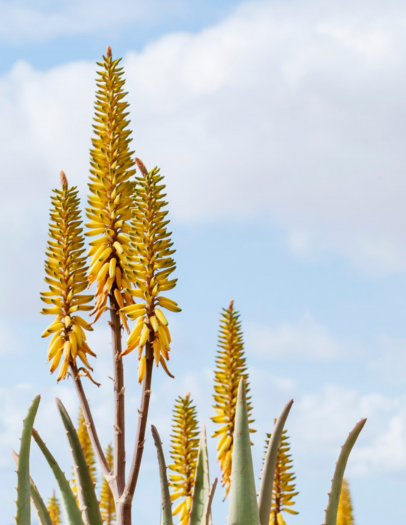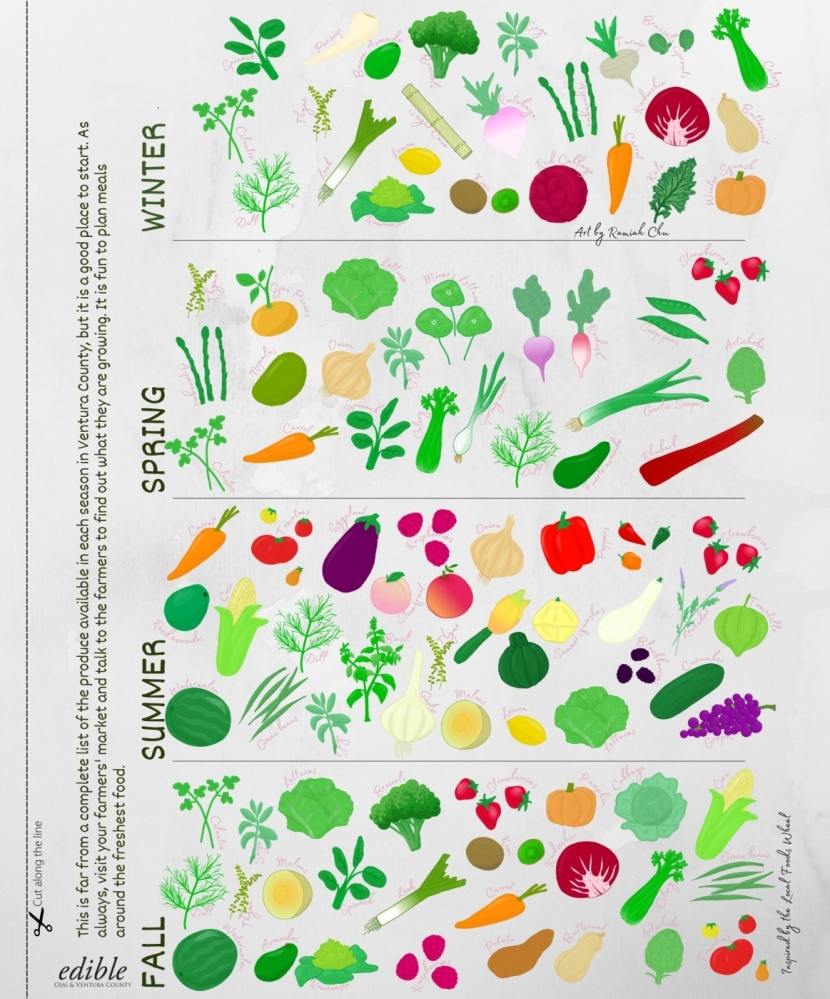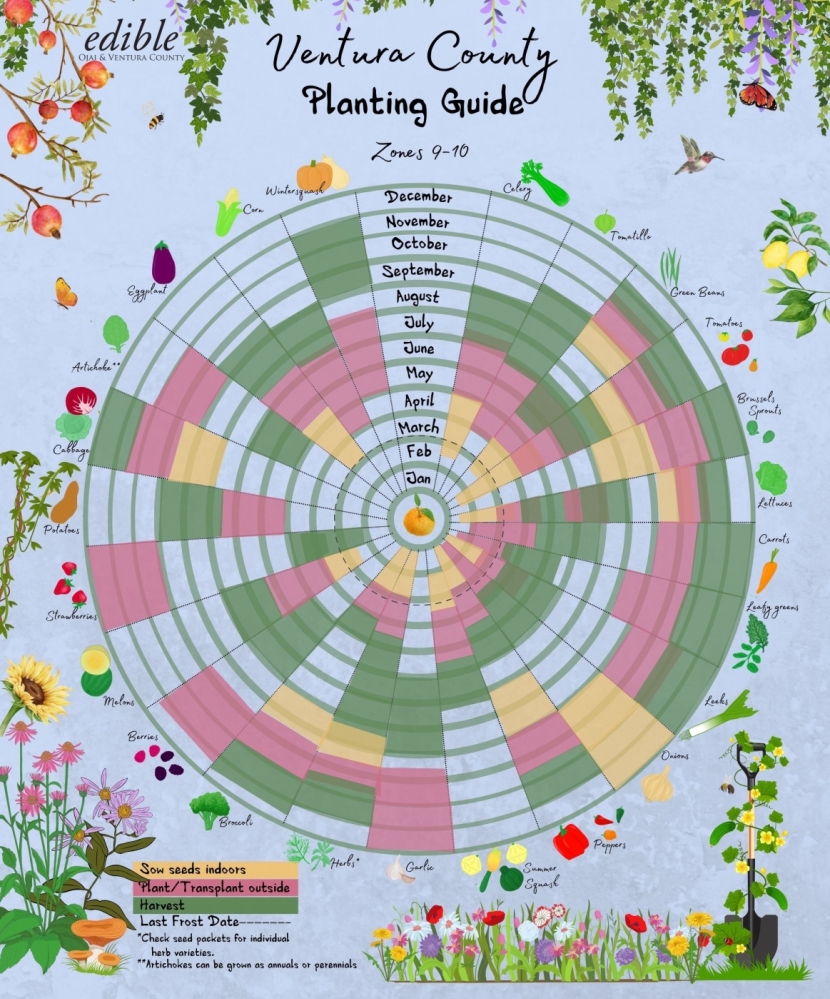How Dry It Is
Hope springs eternal, especially in winter.
After a long, dry spring, summer and fall and unprecedented restrictions on water use across the county, our landscapes at home have definitely seen better days.
I do have a small lawn that like many others ended up yellow and dusty. But because I enjoy the natural beauty of the chaparral, and anything low-maintenance, most of the plants in my yard are native and/or drought tolerant.
Among several older-than-time oaks that shade our home live plants like lemonade berry, sugarbush, shrub oak, bush lupine, correa, rock roses, lavender, big berry manzanita, elderberry, echium, ceanothus, piñon pine, aloes, agave and various other succulents and cacti.
Though we chose plants for their “drought tolerant” and “low water” labels, we still water them regularly, and they usually get a good dose of rainfall in spring (which we didn’t have this year). This keeps them looking great with minimal watering until the arrival of our first rain in late fall or winter, when we can skip watering for a while.
Drought tolerant plants do what they are required to do, and will survive the driest of seasons, but the deprivation may show, as it did this year, if we can’t supplement with irrigation. As my tree trimmer said to me this summer, “These drought tolerant plants you have are great, but they would look a lot better with more water.”
After a summer of frequent pep talks with my spindly plants, hand watering where I could, I began to wonder where I could make changes for less worry and work, in any weather and with limited resources.
For instance, a bare hill that I had been gradually filling in with aloes is exactly the type of project that will pay off every year going forward. With just a rare sprinkling of water, the aloes were content, asking for very little, while many of my natives looked up at me sadly, begging for another drink. The aloes not only survived but grew and propagated themselves, and will brighten up my winter garden with blooms (and the beautiful birds that attend those blooms).
My cactus garden fared well, but a few varieties suffered under the stress and I’m thinking about switching them out for plants that will be happy with the same five minutes of drip a week as the rest, even in a dry year, or several in a row.
I planted a few natives impulsively just before the restrictions, such as my new elderberry, that I’ll have to babysit for a while. I’ve learned that natives are notoriously tender until they are fully established. Winter is a much better time to plant natives, and by the time the warm weather returns, they should be ready for just a monthly watering regimen.
There are also tough spots on the lawn that we reseed year after year, which are probably better suited for succulents or a bed of native shrubs and mulch.
But I’ll always keep my beloved Cecile Brunner roses, even though they withered eventually with less water. They produced an enchanting show in May, and with their history of hardiness, I know they will “show up” again next year.
Texas also had watering restrictions this year, and according to my friend there, their lawns were yellow and dormant like ours this summer. Well, just a few weeks after a late-summer storm, she posted a photo of her neighborhood, beautifully lush and green.
This is the miracle of Mother Nature—recovery, restoration and renewal. When there are fires nearby, we pay more attention as our hills change from yellow to black, then green again. But every year it happens, subtly in the hills around us and in our own backyards, as winter ushers in spring.
In the meantime, while inside enjoying rainy days this winter (we hope), why not start some seeds on a windowsill and get a head start on your spring vegetable garden, because one hopeful act (on the part of Mother Nature) deserves another.
Calendar of Seasonal Produce:
Regardless of whether our yards “spring” back with vibrant colors, a year of bounty is surely ahead from our faithful farmers. Keep the seasonal produce calendar handy so you can make sure you’re getting the best of each season in 2023. Eating seasonally gives us the best price, flavor and opportunity to support sustainability. Enjoy a rainbow on your table this year from our local farms.
Vegetable Planting Guide:
Or grow your own, with the detailed planting guide here. A few varieties like spinach, broccoli, cauliflower, cabbage and most lettuces are perfect for winter gardening. Or, start seeds now inside for edibles you can plant outside in spring. This chart tells you when to sow, plant and harvest edibles here in Ventura County.







